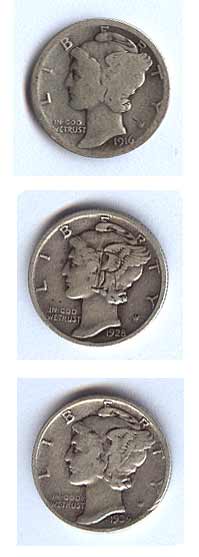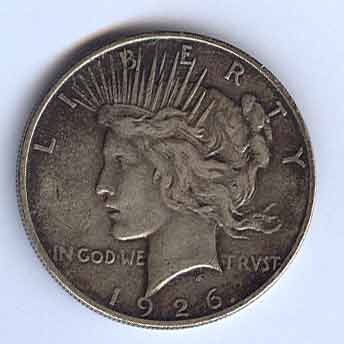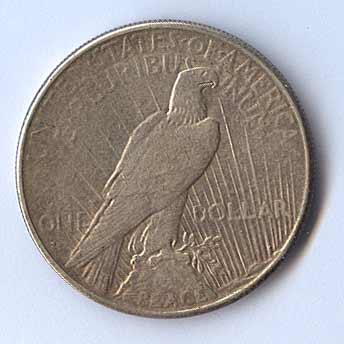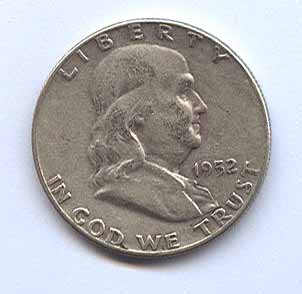
Not a stellar day, but they can’t all bray like the Pope’s Easter trumpets. Sometimes it’s just a belch fed through a harmonica. At least I got all the work done, and more; after I took Gnat to choir I drove around for an hour listening to the "Canticle for Liebowitz" audiobook. It’s acted, not narrated, and the acting is superb. I drove until I ran out of road, which surprised me. For some reason I’d never taken that road to its inevitable conclusion. I thought it dead-ended in the gulf of Mexico, or perhaps the Pacific side of the Panamanian isthmus. But it expired two blocks past a cemetery. DEAD END, said the sign by the boneyard. I wonder if the House of 2037, with its communual vehicles, will allow one to check out a car to drive to the end of town in the rain because the Black Dog is gnawing on your shin, and you have a need to drive for the simple sake of driving. Very well, sir; that will be 100 carbon credits. Please swipe your card. Please understand that I will have to report this to your insurer. Have a nice day. I paused at CompUSA, which is going out of business. Best Buy ate their lunch. They tried to stave off the end by selling televisions, but while people will think nothing of buying a computer at a TV store, the reverse doesn’t hold. It’s the death of the last big computer-only store; once we had two in the local burb, the other being Computer City. I’d go there on Sundays with the Giant Swede to see if the sequel to Duke Nukem had come in yet. (Any day now, they said. Any day. Children conceived on the day they announced the Duke Nukem sequel are now in fifth grade.) CompUSA appeared in a new development called Circuit City Plaza, and I imagine that name will change in a year or two after Best Buy consumes Circuit City, drives its employees before it and revels in the lamentation of its women. Then I went to a coffee shop and shopped for coffee. Wrote the Fargo site, attempting to tamp down the usual suspicion that my life’s work now consists of remembering inconsequential crap on the behalf of strangers. Then again, some things defy recollection. While cleaning out the storage room the other day, I came across a heavy bag filled with coins. It said Rt. 142 – my old paper route collection bag. My route was small: one block. Small but dense. It was a rare block of apartments, most of which smelled of burned food and secrecy. But most took the paper. That's what people did then; they came home from work and found a folded tube on their door. The world, parsed and sorted, topped off with comics and Dear Abby. Reading the paper was a civic obligation, at the very least. After ceased to run the route I’d used the bag for my coin collection - every kid has a coin collection at some time, filled with dim disks of limited value. I upended the bag on the kitchen table, and whistled: wow. Junk. The dimes, for example, might fetch 10.001 cents today. I found many 1945 Mercury Dimes – surely they must be worth something! They’re old! Of course, 200 million were struck, so they’re not exactly in the hen’s-teeth category. I separated the Buffalo Nickels and Mercury Dimes and velvet-smooth quarters, marvelling at the smoothness of the faces and edges. It took decades and numberless hands to accomplish this amount of erosion, and all that effort only served to lessen the value. At least they survived. What happens to old coins? Destroyed or lost or hoarded, I guess. It’s a big country. The government struck 200 million Mercury dimes in 1945 alone, and I imagine they could be misplaced or hidden quite easily. My bag had 200. Condition? VL, which is a coin-collector term for “very lousy.” Even so, they have mysteries. In fact they have more mysteries than a perfect coin that shines like the day it was minted. Uncirculated coins never knew the jostle of the pocket, the community of the bureau tray, the sudden terror of the hand dipping into the cash drawer, the nose-to-nape comfort of the womb-like roll. They have not lived! They are but princes born in luxury, entombed in gilded vaults! These, my friends, are coins that saw action:
1916, 1928, 1939. One coin style, three distinct eras. The difference between 1916 and 1928 was as stark as the difference between ’28 and ’39, although you wouldn’t know it from the coins. I have quite a few of the ‘39s, and given my fascination with that year, I refuse to believe that one of them wasn’t slid across a counter at the World’s Fair in New York. Perhaps the one from '28 was pitched in the Plaza fountain for luck. The 1916 coin was emptied on the nightstand the day before a young man shipped out for France. This is why I don't believe in ghosts, really: if we left behind traces of ourselves in the objects we inhabited, every handful of coins would scream a thousand stories.
It’s rare to find a coin this weathered in your pocket anymore. Either they’re yanked away from sight before they erode, or they’re made of sterner stuff. I pawed through one of my coin cans earlier today, and everything looks bright and shiny. It’s almost as if coins aren’t allowed to carry the marks of human use anymore. Too bad – the smoothing of a coin is a great communal endeavor. It serves no purpose and adds no value, but the loss of detail actually suggests a million details you can’t imagine, the actions of a million fingers whose owners had many things on their minds – but each one of them stopped and looked down at this, if only for a second, to tote its worth and pass it along.
She always looked uncertain, as though beholding something new and not entirely wise:
This was the Peace Silver Dollar; I have a couple, and they’re worth about ten bucks. (Like my paper money, my coins are worth nothing: any dealer would sigh and explain the sad facts. I saw this happen once – I was at a coin shop, and someone brought in coins they’d “got” from their “Grandfather.” Uh huh. The person was stunned to find that the coins were worth 15, 16 dollars. But they’re so old! Yes, and they only made 20 million of them, and if you look here in the case you’ll see the same coin in better condition with a rare mint mark, for $19. Sorry.) What’s impressive about the coin is its weight, and the way it feels in your hand. If dollar coins felt like this, people would use them. It makes you want to get another so you can slide them against each other in your hand and raise a nice family of dimes. The B-side:
And then there’s Ben, lips set in his usual expression: well, I warned you that would happen, didn’t I.
It's like he's trying his absolute best to pretend 1952 isn't happening. -- I almost ended this right there, but that would be too abrupt. So I'll end this right here. No, that's too abrupt, as well. Oh, right: new Cuba money, which consists mostly of old Cuba money. And new Quirk. Enjoy, and I'll see you tomorrow.
|
|
 |
|
=




